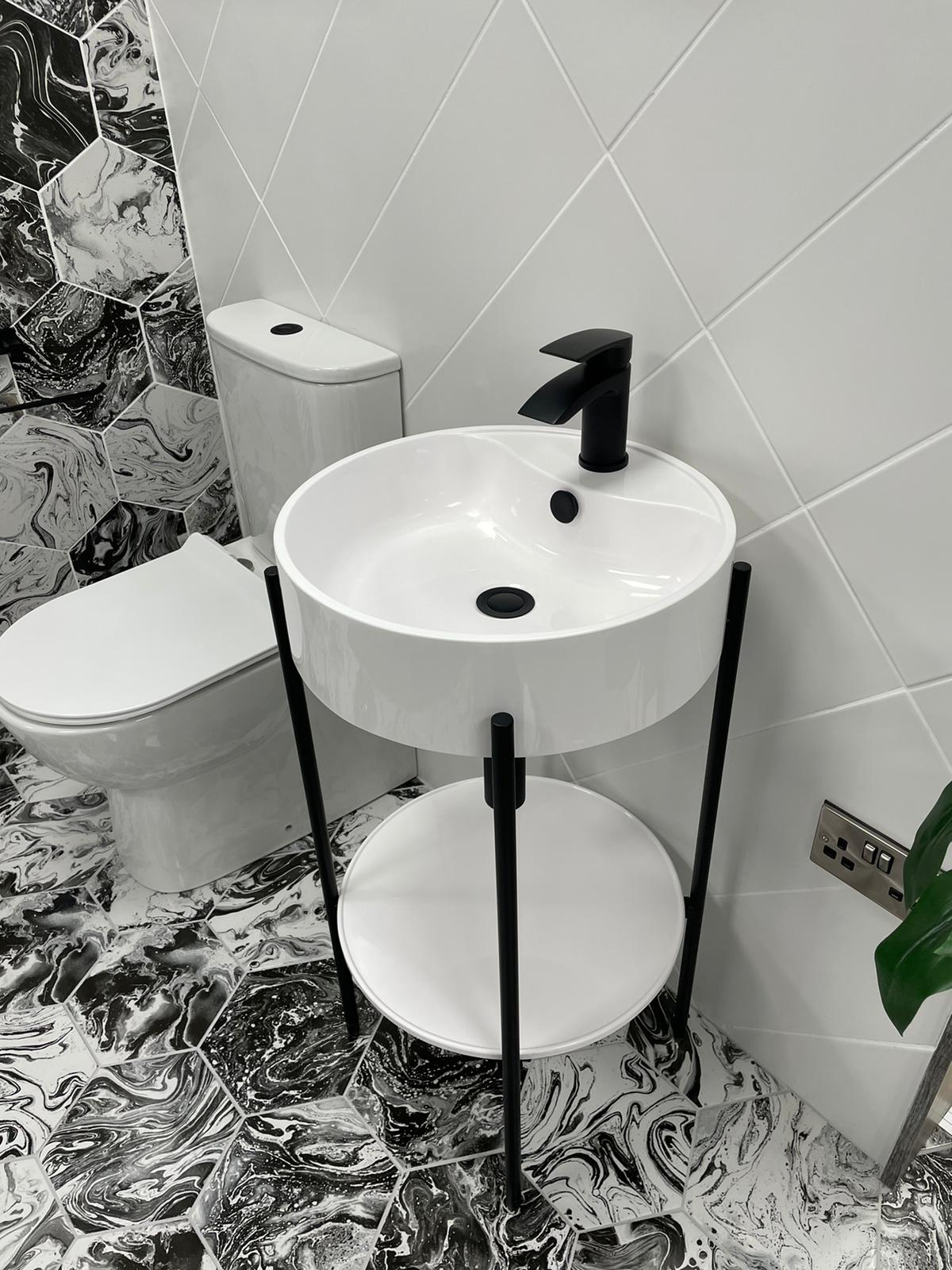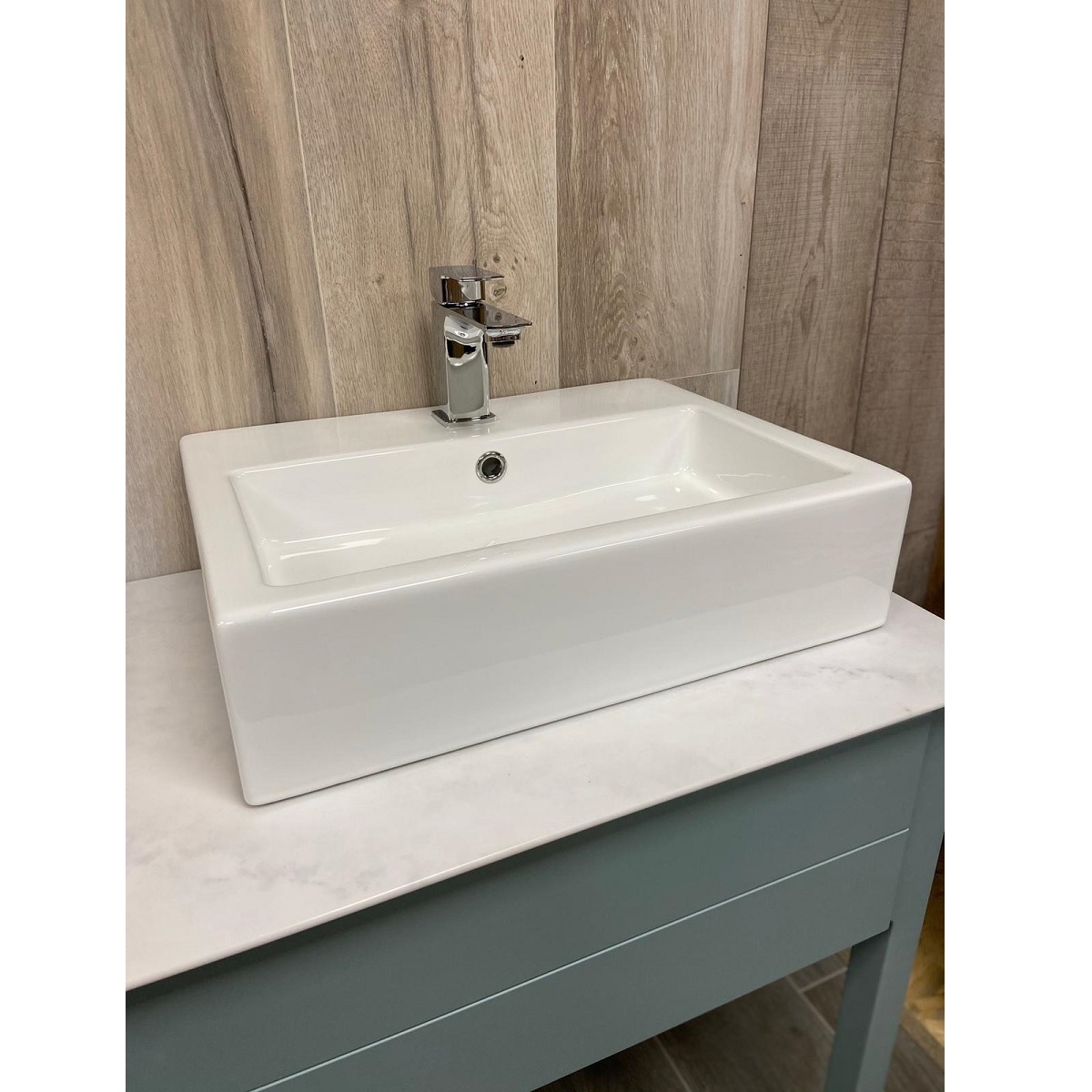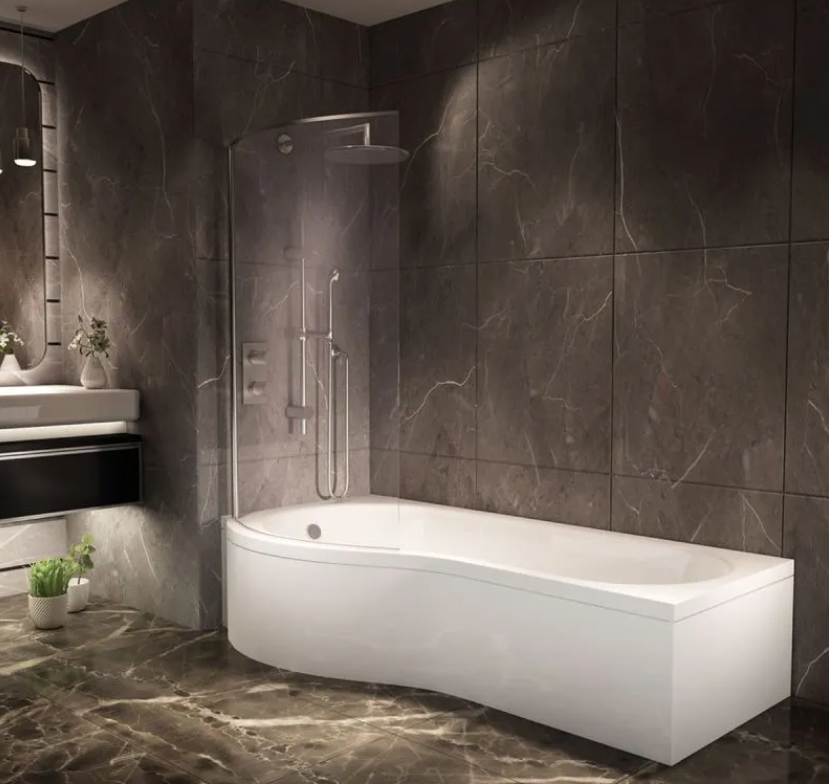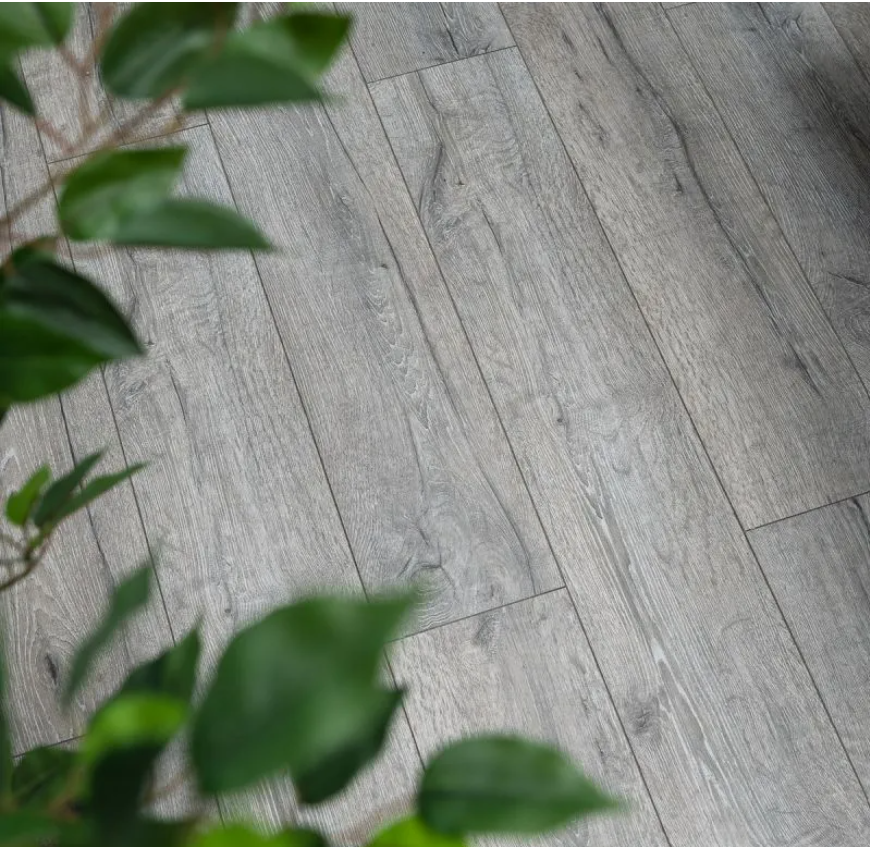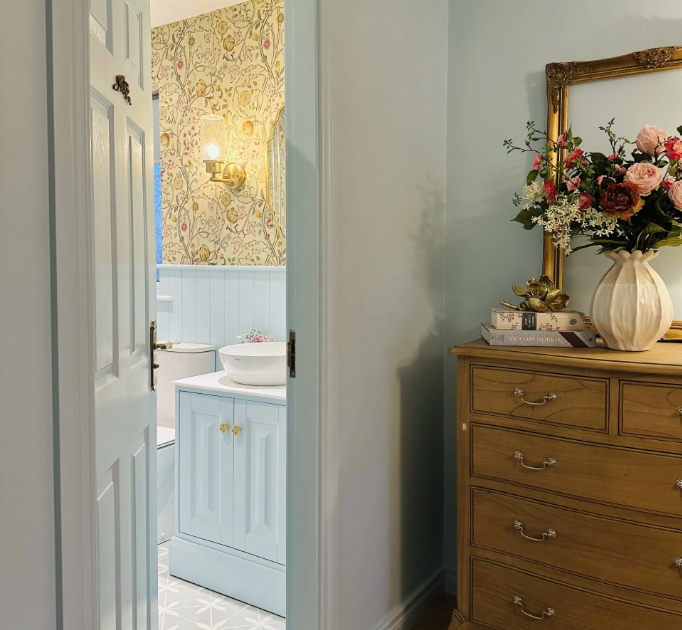How to remove stains from ceramic
If you’ve recently installed a new bathroom or kitchen and have ceramic furniture in the form of basins or toilets, then you’ll want to ensure that they stay in pristine condition. It not only keeps your furniture looking good, it also prolongs its life, as you’re less likely to replace something which still looks like new than a tired sink or toilet which has seen better days.
With this in mind, knowing the right way to clean ceramic will help you keep everything in tip-top condition – now and into the future.
Ceramic sinks are popular in bathrooms and kitchens the world over but with frequent use, they do become discoloured and can stain, so need to be cleaned regularly. From washing your hands to brushing your teeth, everything from soap scum to toothpaste can stain the sink. Limescale can also form in hard water areas, leaving behind unpleasant residue around the waste and plug area, as well as around the bowl itself.
In addition to this, the overflow and bottle trap can become smelly over time with buildup and deposits, so also benefit from regular cleaning to ensure there are no blockages.
Cleaning your ceramic basin
One of the simplest ways to keep ceramic products clean is to use what you probably already have in the cupboard – basic baking soda and water, or vinegar and water. If you’re not a fan of abrasive chemicals, then these simple solutions will work just as well as any dedicated product – and are also kinder to the environment.
Removing limescale
- If you have limescale buildup in your basin then the first thing to do is to scrub it gently with a nailbrush or an old toothbrush, before using anything else.
- After brushing around the basin and plughole, you can then fill the sink with equal parts white vinegar and water, before leaving it to steep for about an hour. You can then brush around it again and rinse it off with warm water.
NB Lemon juice can also be used, if you don’t have white vinegar to hand, while baking soda and water also works well to remove stains, although be careful with the baking soda as it’s more abrasive and could slightly scratch the ceramic. - For very stubborn stains, you can put undiluted white vinegar directly onto these and then leave for a few hours before rinsing off.
NB Bathroom cleaning sprays specifically designed to clean ceramic can also be used regularly to wipe down sinks with a cloth, but mild detergents like ordinary washing-up liquid or vinegar/water are great alternative options and are also more economical.
Cleaning the overflow
- When it comes to cleaning the overflow, then baking soda and vinegar works well for this – simply pour a cup of baking soda into the overflow followed by a cup of white vinegar. Leave it for about 15 minutes and then pour hot water into the overflow to clear it. This will help to remove buildups and smells.
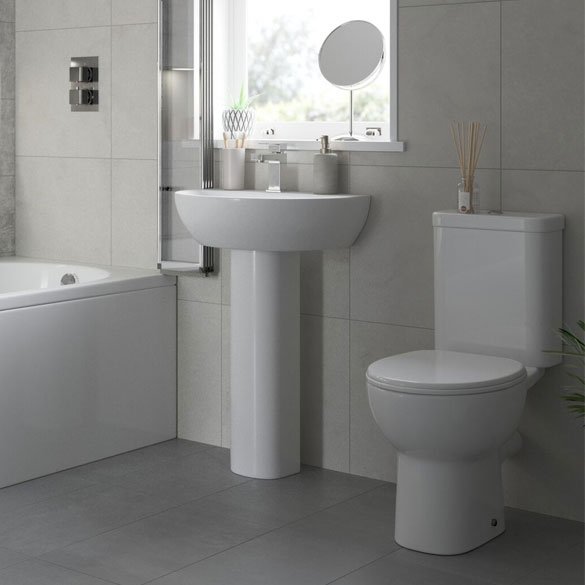
Keeping your bathroom ceramics clean is easily done with household detergents or simple vinegar and water.
Top tips:
- If you don’t like the smell of vinegar, then you can add a few drops of your favourite essential oil to the vinegar to create a more pleasing fragrance.
- It is best to use soft sponges or cloths when cleaning ceramic basins, as they can be scratched if more abrasive cleaning items and products are used, so do be aware of this. While ceramic is a very robust material, it is not immune to damage!
- Cleaning your bathroom regularly will help to keep it in good shape and prevent limescale and other stains from forming.
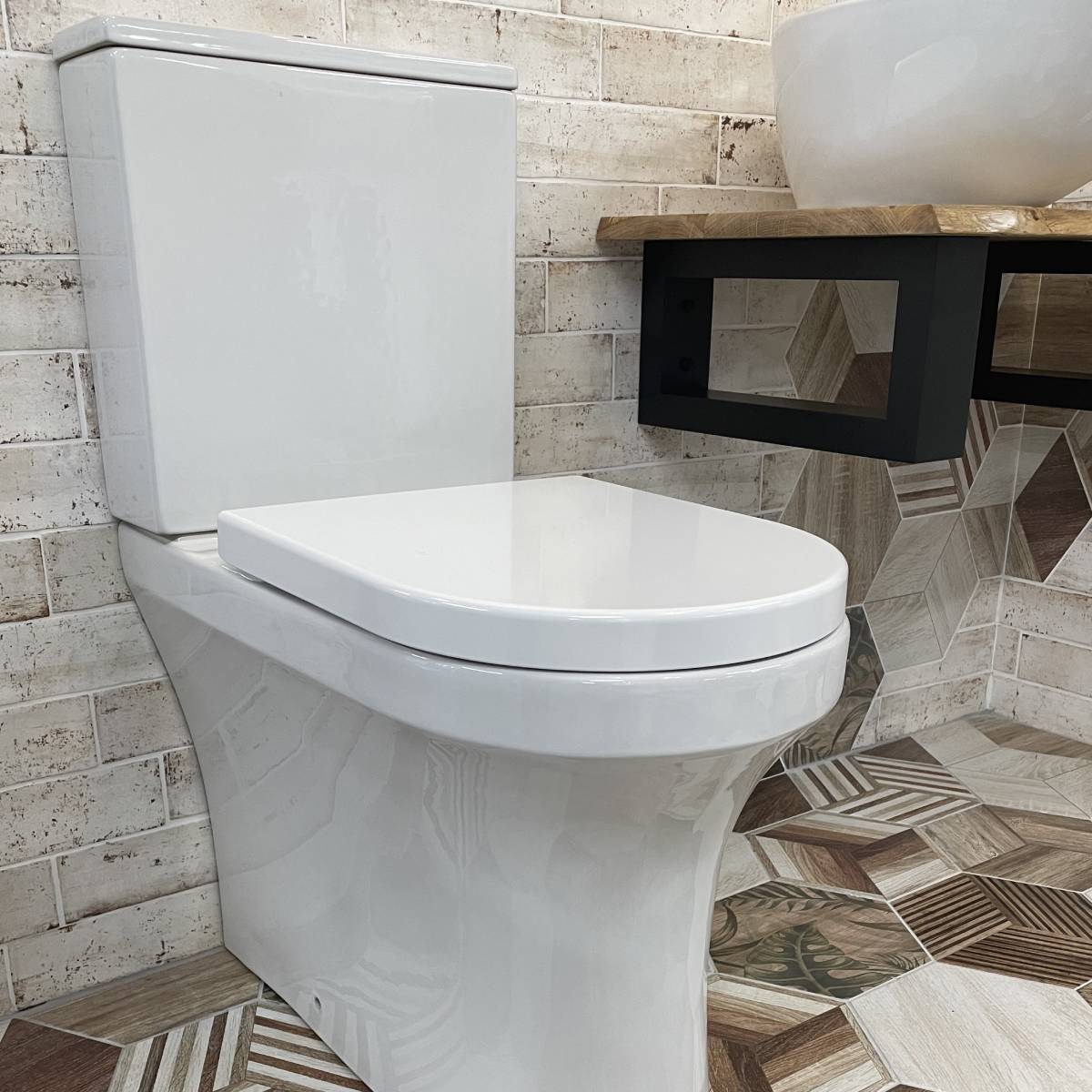
Vinegar and baking soda can be used to clean your toilet bowl if you don’t want to use detergents.
Cleaning ceramic toilets
Keeping your loo in pristine condition is very similar to cleaning your ceramic sinks. Again, if you prefer not to use abrasive cleaning chemicals, such as bleach, then putting white vinegar into the toilet bowl will help to remove limescale stains caused by hard water.
- Put two cups of white vinegar into the toilet bowl and use the toilet brush to swill it around, scrubbing at any stains. Then leave for a minute or two before flushing the toilet. If you want a deeper clean, then you could also add some baking soda to the bowl if you have it (two cups) after letting the vinegar sit for a minute.
- Let the vinegar and soda fizz for about ten minutes before scrubbing the bowl with the toilet brush and then leave the solution to sit for half an hour before flushing.
- You can then clean the toilet seat and lid with a soft cloth or sponge.
Shop our ceramic bathroom products
If you’re on the lookout for new ceramic basins or toilets for your home, then you’ll find a wide range of quality products at Bathshack, with everything from freestanding and pedestal basins to back-to-wall, rimless and corner toilets.
With all this and more available, there’s a ceramic product to suit every home and our team is always happy to advise you on what might best suit your space.
For more information about taking care of your ceramic products email our team at info@bathshack.com or give us a call on (028) 9077 0188. Alternatively, why not call into your nearest showroom and we’ll be happy to help.
